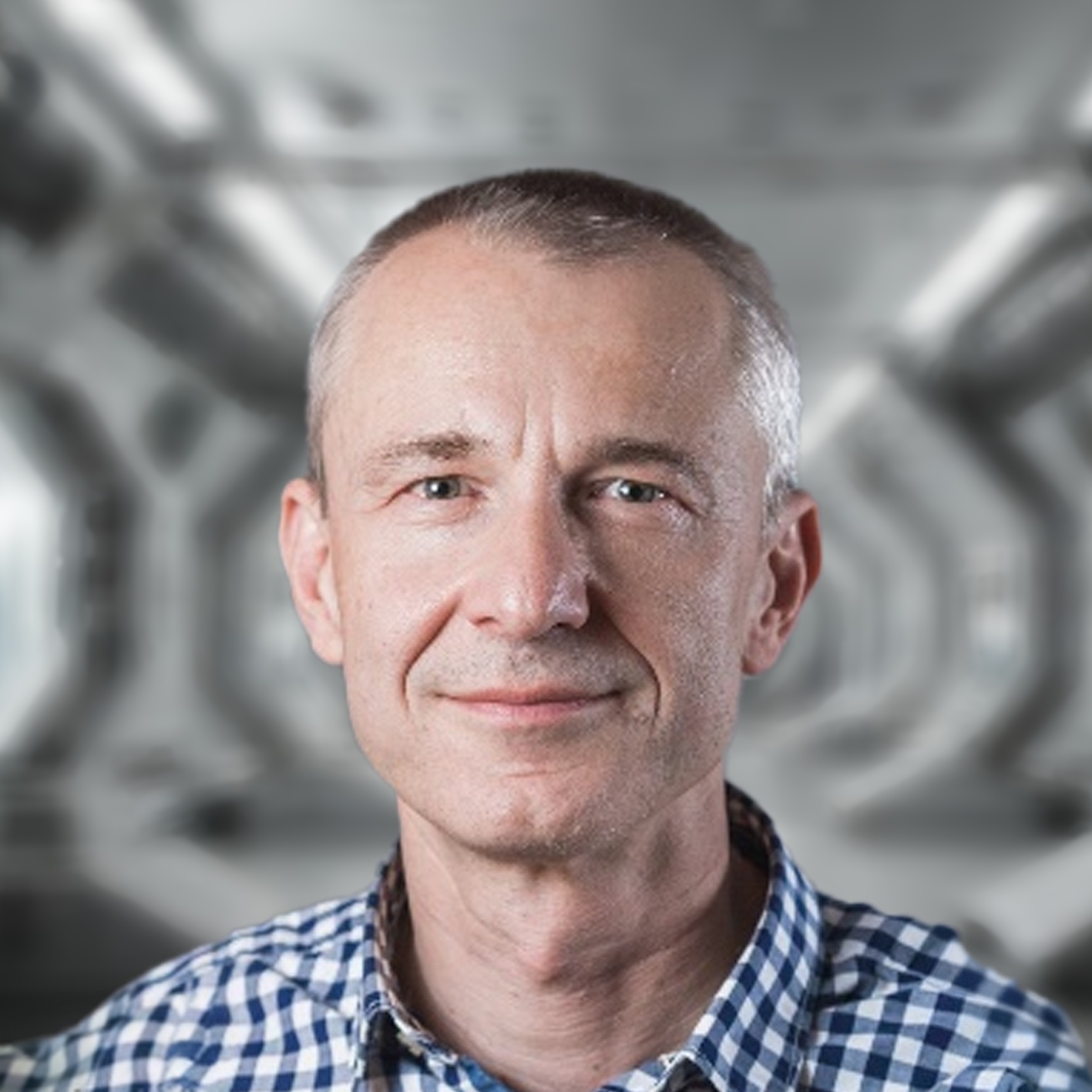Research Team: BUT
Brno University of Technology (BUT) is involved in scientific research activities in the fields of space research, such as development and testing of space technology, development of sensors, satellite communication systems, instruments for applications in space, technologies and applications in the fields of cybersecurity and artificial intelligence, as well as in the field of solar corona research, satellite data processing, image processing and space photography.
Significant activities are underway especially at the Aeronautical Institute of the Faculty of Mechanical Engineering, under the leadership of Ing. Robert Popela, Ph.D., where a number of devices have been assembled, especially in cooperation with Thales Alenia Space. For example, tests of solid fuel braking engines were already carried out in 2014 within the SPARTAN project, or MOONDRONE with peroxide propulsion was tested between 2021 and 2023. Other research activities include modelling and controlling the thermal management of the satellite using an autonomous switch, as well as tests of the largest satellite to date, ROSE-L.
A similarly important position at the BUT is occupied by research in space tribology, a field in which Professor Hartl's team has already successfully implemented applications in space projects. Space tribology focuses on the development of technical solutions to ensure the functional reliability of moving parts in space, such as spacecraft, satellites and space stations. This field includes, for example, ensuring reliable ejection of solar panels, antennas, ensuring reliable function of robotic arms, including their lubrication. Mechanical failures of these components in the extreme conditions of space, for example due to overload or vibration, can lead to the undoing of huge investments and considerable human effort.
Habitat technologies for extreme conditions and manned spaceflight represent another important research direction of the BUT. A breakthrough in this research was the creation of a self-deploying habitat developed by Dr. Šálený and Dr. Doule's team and the provision of the first prototype of this habitat for the 2012 Space Studies Program hosted by the International Space University at the Florida Institute of Technology in the USA. The current focus of the BUT in this area is on research into technologies for measuring and evaluating cognitive and physiological responses of the human organism. The research was carried out, for example, within the ESA SPARK ICARUS ARMOR project, in which the Czech backup astronaut Aleš Svoboda also participated. It used a brand new battery of cognitive tests developed at the University of Pennsylvania for high-performance NASA astronauts. A major contribution of the Czech research team was the incorporation of a unique sensor for measuring sweating intensity, developed by Professor Hubálek's team, and the application of an innovative approach to the analysis of small datasets using uncertainty quantification methods with the support of artificial intelligence from the team of UptimAI s.r.o., founded and led by Dr. Kubíček, a graduate of the BUT.
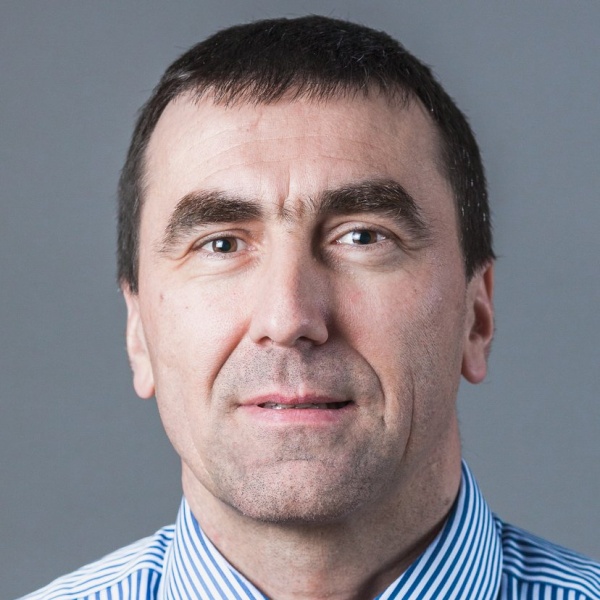
Coordination of University activities in the field of space research and applications
doc. Ing. Jaroslav Juračka, Ph.D.
Faculty of Mechanical Engineering, Institute of Aerospace Enginee
The development of research and development activities at the Institute of Aerospace Engineering began in 2000 with the establishment of the first Centre of Competence, which is gradually growing. Development for the aerospace industry is already a significant part of the Institute's activities. It has been significantly strengthened by involvement in projects with Thales Alenia Space, SAB Aerospeace. Worth mentioning are the development of the temperature sensor, the Lunar Drone, and the Space Rider. The largest space object is ROSE-L, which was tested at the BUT Aircraft Test Facility.
“Supporting space research activities is also strategically important for the development of know-how transferred to teaching and education of our students”, says Assoc. Juračka, who is the guarantor of the follow-up Master's degree programme in Aeronautical and Space Technology, and the director of the National Centre of Competence for Aeronautics and Astronautics.
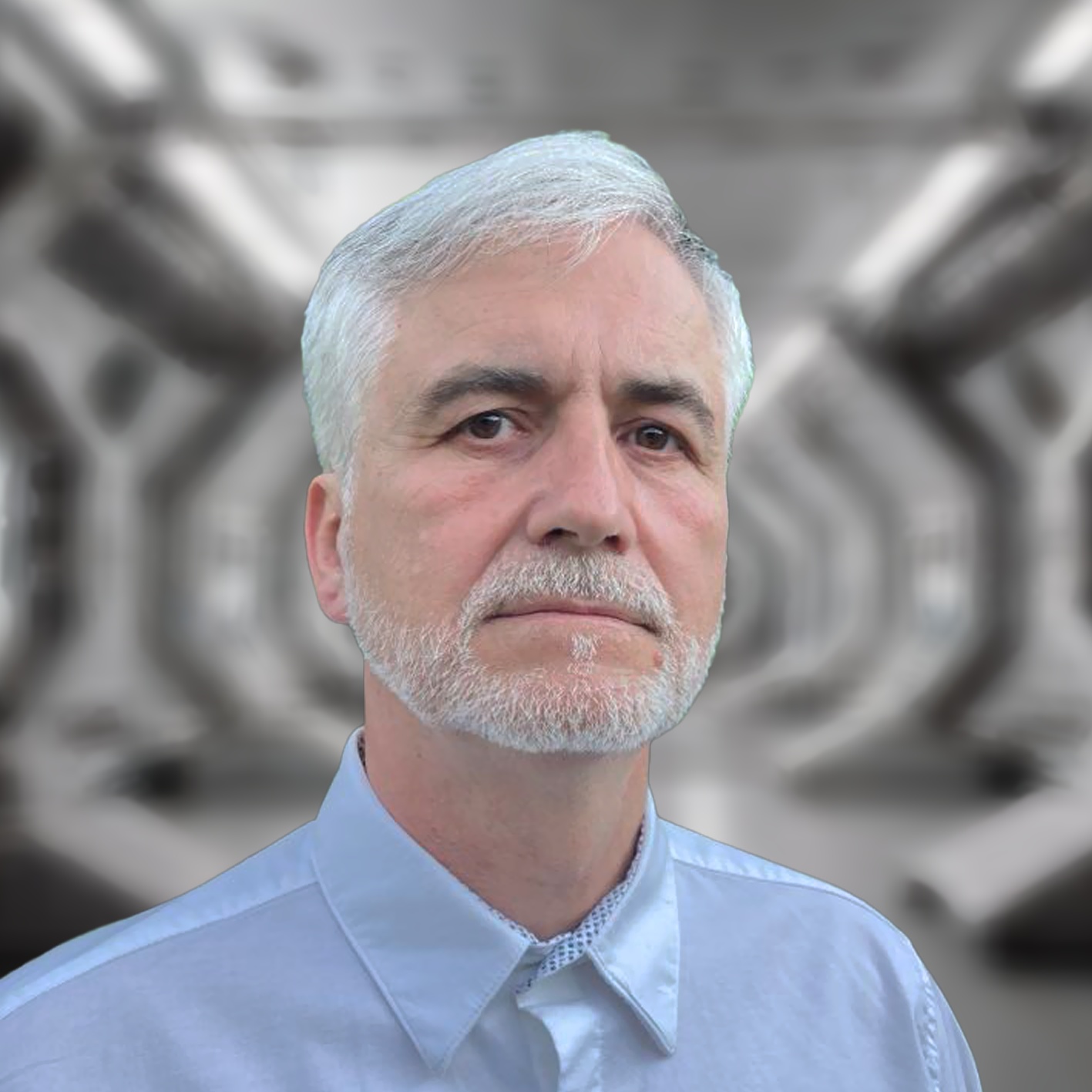
Technology research with significant interdisciplinary overlap
Ing. Vratislav Šálený, Ph.D.
Faculty of Mechanical Engineering, Energy Institute
I have been actively engaged in research and development of technologies for space applications since 2010. My primary areas of expertise include habitat technologies for extreme environments, innovative liquid rocket engines, and the integration of artificial intelligence with the analysis of small data sets. The experience gained from commercial research and development projects for the European Space Agency and its key industrial partners, such as Avio S.p.A., Sener Aeroespacial S.A., Thales Alenia Space UK Limited, and others, I am prepared to dedicate to the benefit of university space projects. Considering my extensive entrepreneurial history prior to joining the university, I place significant emphasis on the economic, legal, and commercial aspects of project collaborations among all involved parties. Among the projects to which I have significantly contributed are the following: S.H.E.E. - Self-deployable habitat for extreme enviroments, EU FP7 Project No. 312747, International Space University; VEGA-E Upper Stage Engine and LPM Valves Design, Contract No. C116193 ,Avio S.p.A.; ICARUS ARMOR, ESA Spark Funding Contract No. 2022-ESA-TCCZ-001, UptimAI s.r.o.
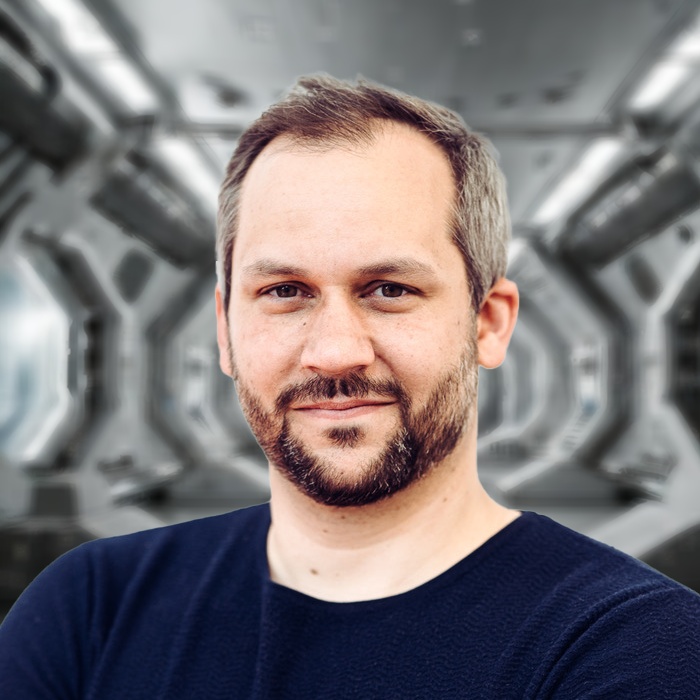
High-Speed Communication Technologies
doc. Ing. Tomáš Götthans, Ph.D
Faculty of Electrical Engineering and Communication, Department of Radio Electronics
Facing the growing need for advanced high-speed communication technologies, the exploration and development within high-frequency communication systems have emerged as pivotal for the triumph of space missions. In partnership with my research team, my expertise lies in the thorough analysis and creation of high-frequency circuits, antennas, methodologies for signal processing, and radar technologies, all tailored for the unique demands of the space environment.
Our endeavor is directed towards crafting novel designs and refining high-frequency circuits across an array of uses, such as radio broadcasts, radar operations, and satellite communications.
This initiative has led to our involvement in various research and development ventures with the European Space Agency (ESA). Noteworthy projects include engineering a compact bi-directional amplifier suited for drones, innovating a fully adaptable RF linearizer for high-capacity amplifiers, and developing a sophisticated radio receiver and transmitter for drones functioning in the L-band, alongside the MakerSpace project. A case in point is our partnership with the Observatoire de Paris on building a radio spectrometer designed for the millimeter-wave spectrum, adept at identifying oxygen molecules.
Through my role at the Brno University of Technology, I've established the Space Apps master's program, offering students an unparalleled chance to dive into systems engineering with applications in space-oriented projects.
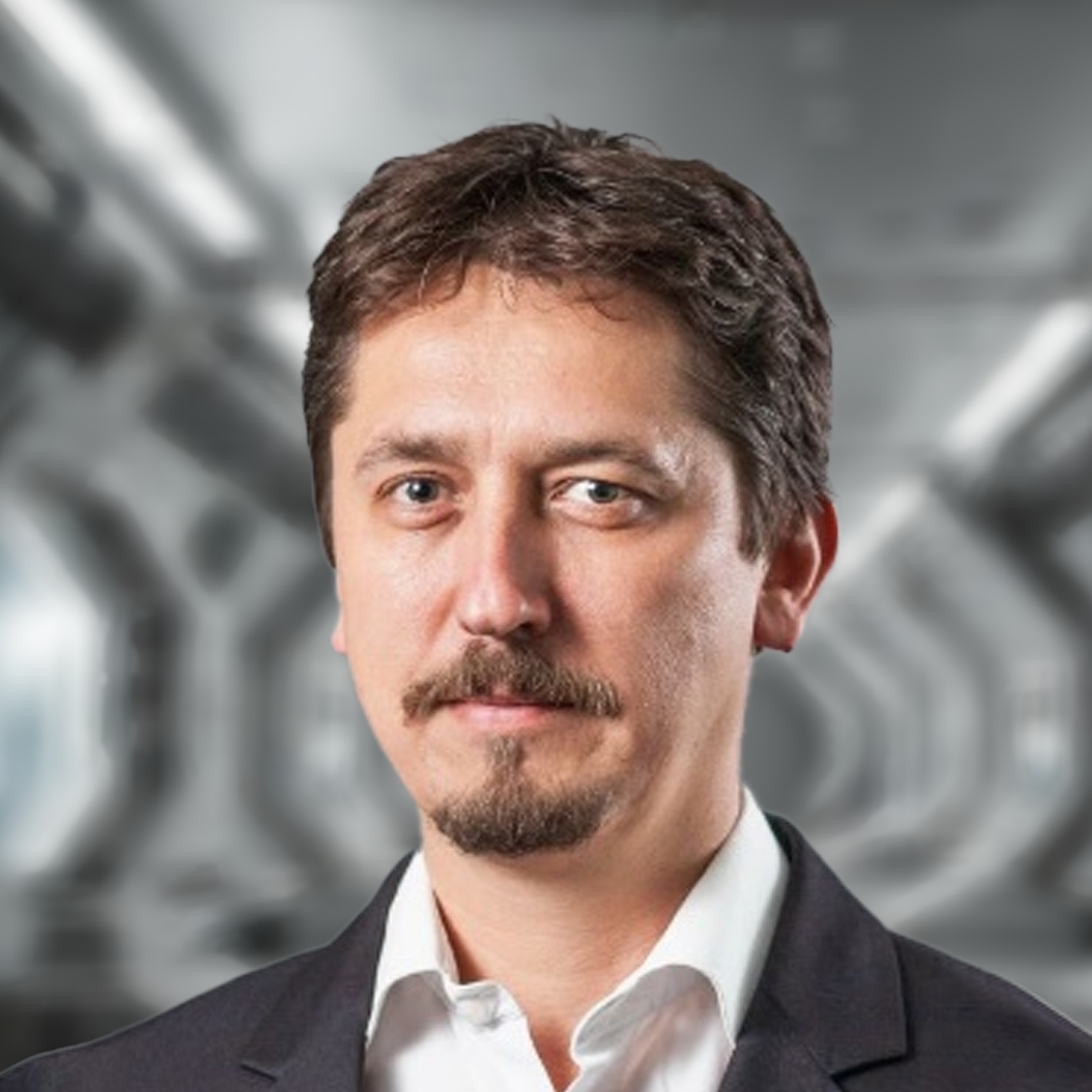
Microsensors and Smart Electronics
Prof. Ing. Jaromír Hubálek, Ph.D
CEITEC BUT
